We are often asked “what caused my pain in the first place”.
More often than not how somebody moves is a key factor is their pain syndrome. Poor movement patterns or “Movement dysfunction” leads to overload of the weak link in the chain (this may be the low back, the knee, the neck) which over time leads to pain.
But what causes this dysfunction in movement? Here are 5 of the most common causes:
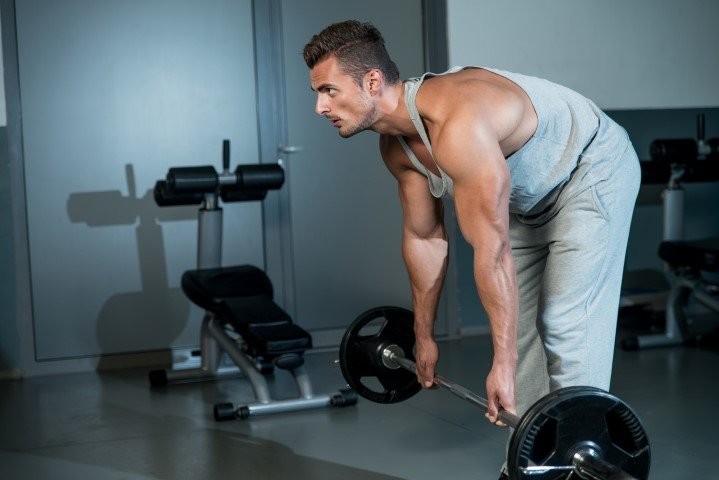
The body will attempt to adapt to any prolonged stress you put on it. Exercise physiologists call this the ‘SAID’ principle or ‘Specific
Adaption to Imposed Demand’. This is usually thought of as a good thing; you go to the gym, you lift some heavy things, and your body adapts
by building stronger bones and muscles.
However this phenomenon can just as easily have negative effects. If, for example, every time you go to the gym you only work certain muscle groups or train with poor form you will be setting yourself up for muscle imbalance and injury down the road.
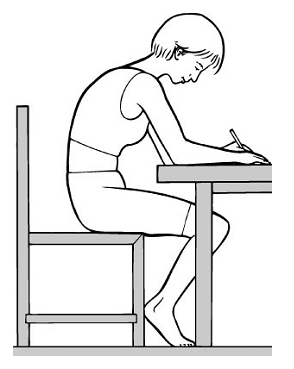
Another prime example is sitting. When you sit you tend to shorten certain muscle groups (e.g. the pec muscles, the hip flexors and
hamstrings.) So, when you sit for long periods (and therefore shorten these muscles for long periods) these muscles adapt, eventually
remaining in this shortened position. These shortened muscles then wreak havoc on your movement; just look at someone with short hamstrings
trying to touch their toes….
The quality of development during the first few years has a big impact on structure and movement patterns in later life. In short; brain maturation during development leads to changes in how a baby’s muscles control its body, and these changes in muscle control lead to changes in bone structure, resulting in the typically shaped adult skeleton.
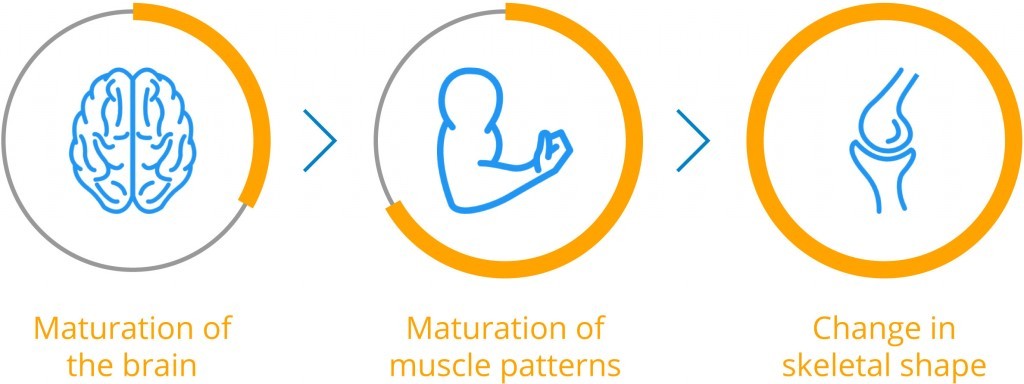
However, if development is compromised, which is estimated to occur in around 20-30% of the population [1], newborn patterns of
muscle function and skeletal shape persist into adulthood. Learn more here.
This can lead to typical structural changes such as:
These structural issues, can lead to poor movement patterns resulting in more strain on the surrounding joints and increasing the risk to injury.
When a part of the body is damaged by injury or trauma, messages are sent from the site of injury to the brain. The brain analyses these messages and if deemed threatening enough produces pain. Defence mechanisms are also triggered to prevent or minimise further damage.
Part of this reflex defence mechanism includes changing how certain muscles work. Some of the muscles tense and guard whilst others are inhibited (or tuned down). In the short term this works well to protect the area from further damage. However, in some instances this protective pattern can persist long after the injury has healed. As Janet Travell, M.D. White House Physician for John F Kennedy famously said;
“After an injury tissues heal, but muscles learn. They readily develop habits of guarding that outlast the injury.”
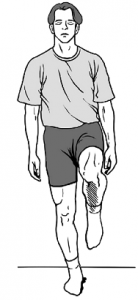
If these patterns do persist, movement will be compromised. A good example of this is after knee or ankle injury. We very often see
patients, who, despite no longer being in pain, show significant residual deficits and poor movement on the previously injured side. A
simple screen to assess your lower quarter stabiliity is the single leg balance test. To test this yourself stand on one leg with your arms
crossed; you should be able to hold this position comfortably for 30 seconds eyes open and ten seconds eyes closed.
Our skeleton is shaped not only by development in the first years of life (as discussed above) but also via our genetics.
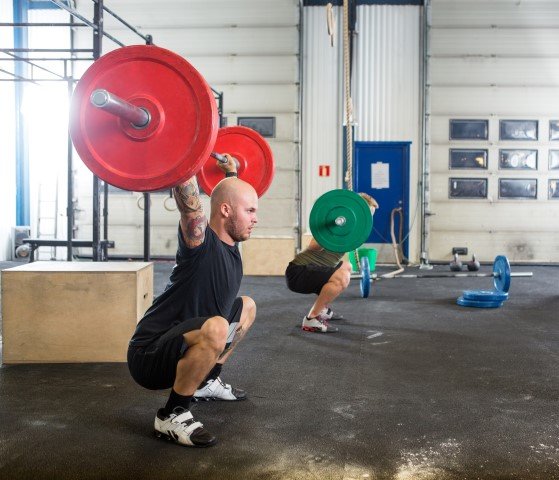
An interesting illustration of this is in the sport of Olympic weight lifting. Eastern Europeans have long been dominant in the sport and
one reason for this, according to Professor Stuart McGill of Waterloo University, is the shape of their hip sockets. Their genetically
shallow hip sockets allow them to squat deeply without flexing their spine (which would otherwise predispose them to back injury).
Foot shape is another good example. High arches limit the body’s ability to absorb the shock of walking and running, and unsurprisingly, those with high arches have been found to be significantly more likely to develop lower quarter stress fracture injuries [2]
Stress elicits a sympathetic (aka “fright or flight”) response. This leads to a variety of changes in the body including increased tension in certain muscles groups. This pattern of increased tension is similar to that seen in the protective or newborn pattern, with, for example, hiking of the shoulders. This is why you will often hear people say that “their stress goes straight to their shoulders”. If this stress persists for some time, the body may adapt and change the pattern of muscles it uses to move.
References
*Some figures reproduced from Liebenson. C., Journal of Bodywork and Movement Therapies
© 2025 Dynamic Health. Powered by Oncord
Leave a Comment